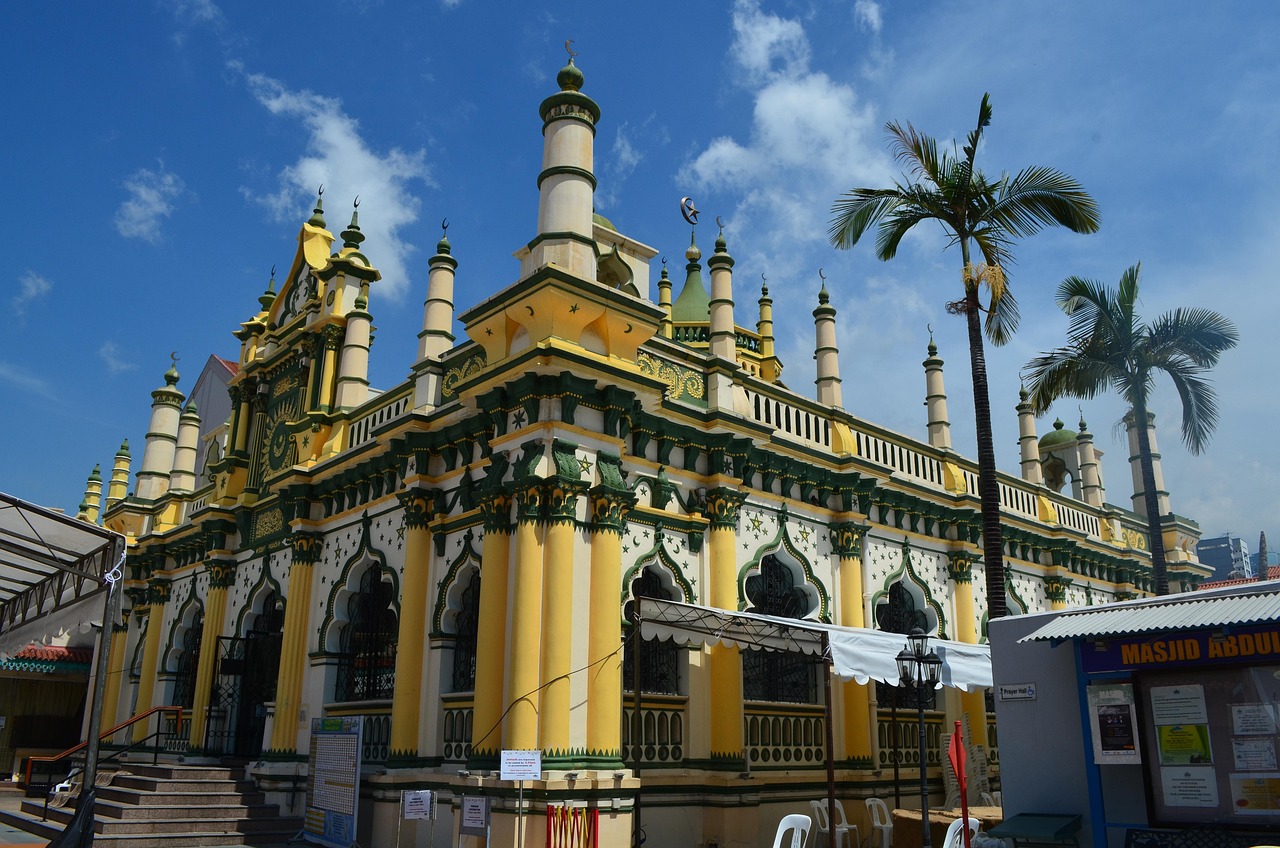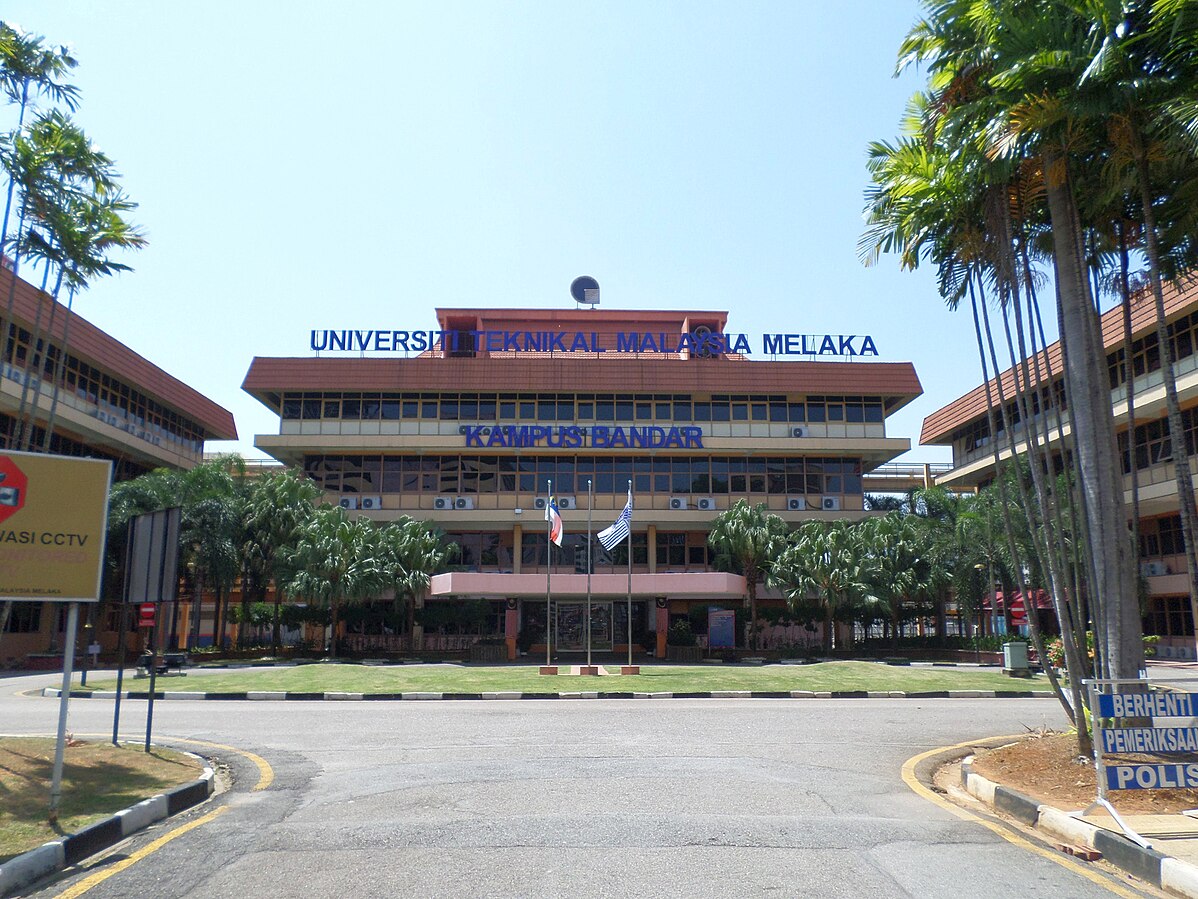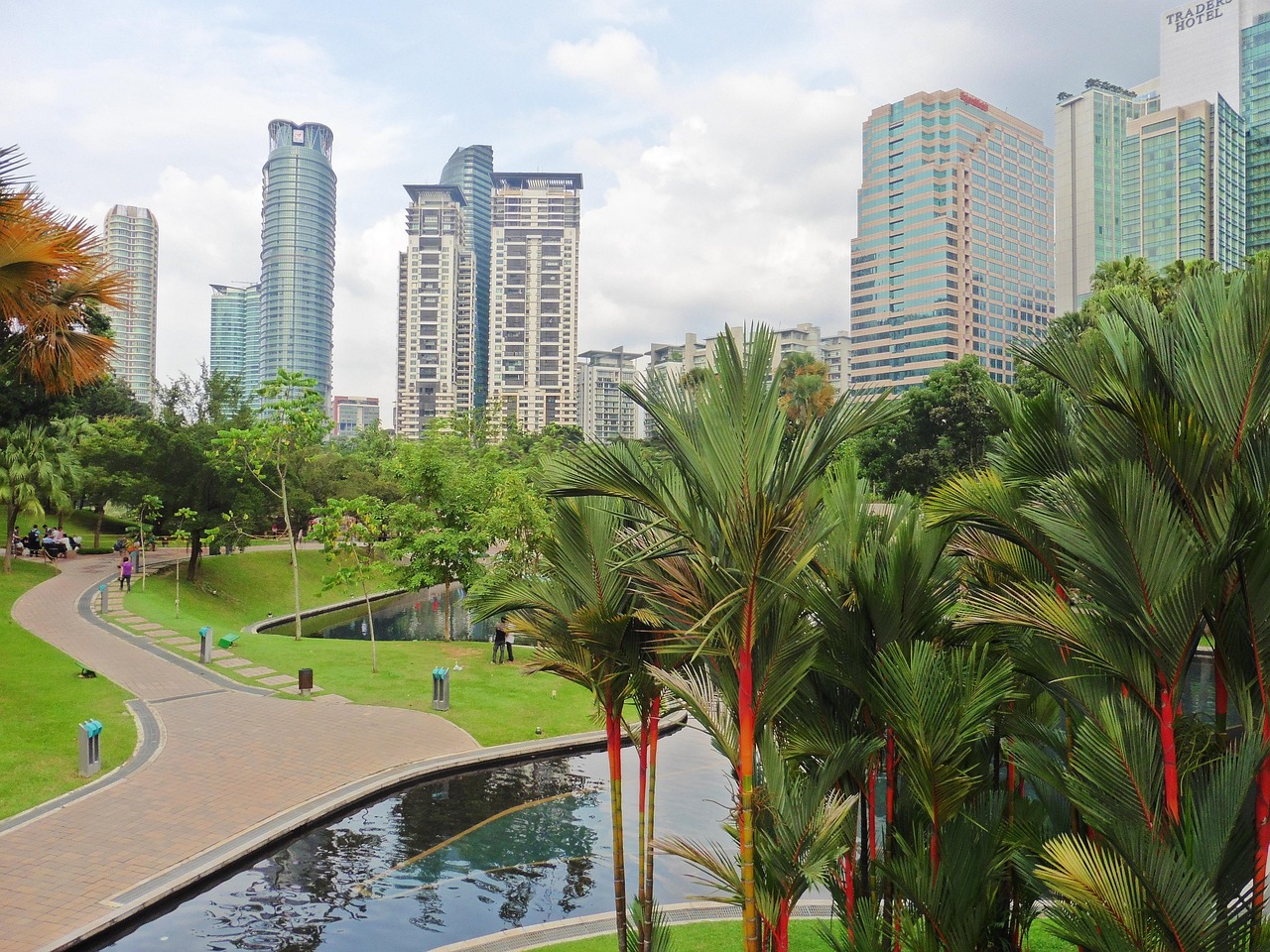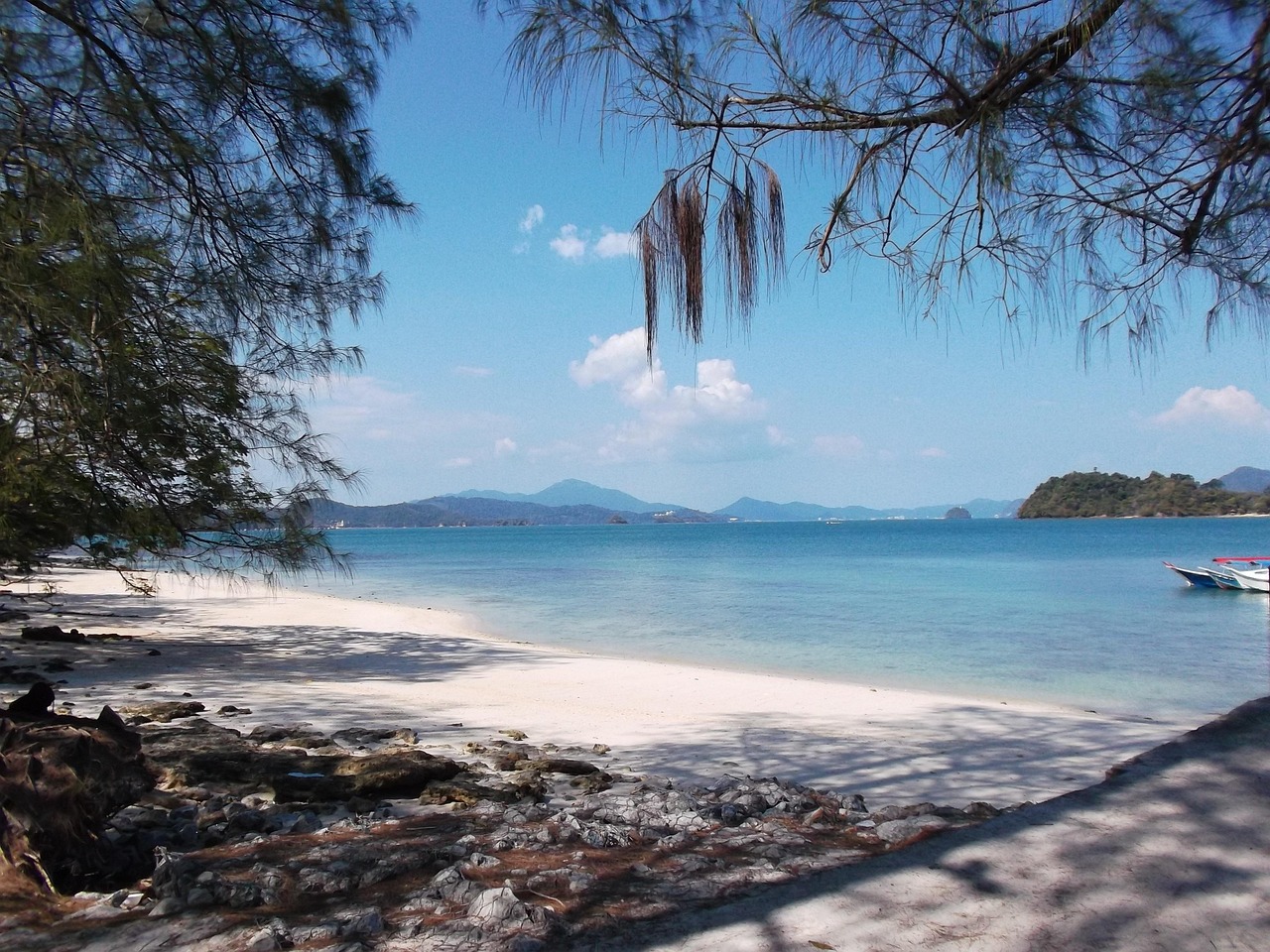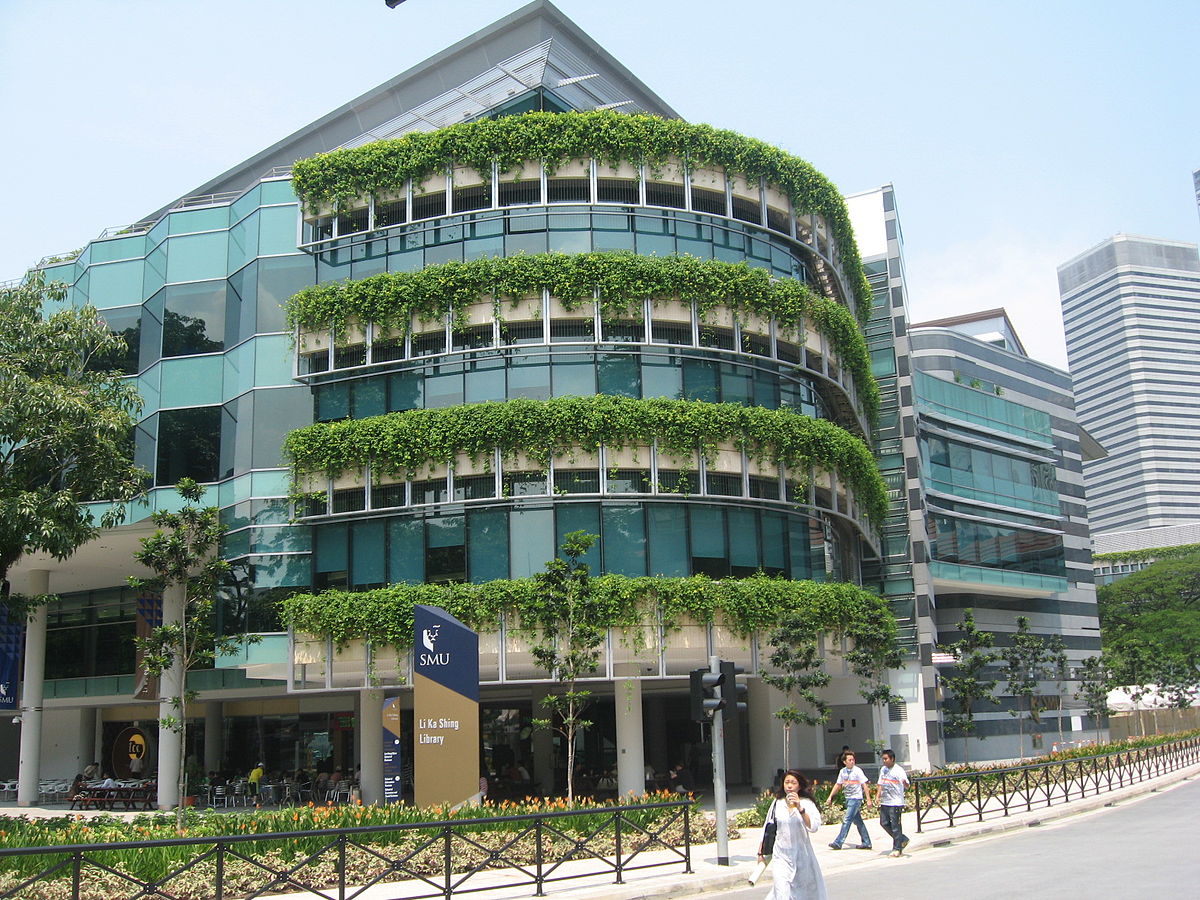For those new to Singapore, renting an apartment can be a significant undertaking. In this article, we will introduce you to all the essential information you need to know about renting in Singapore, including the choice of area, types of housing, rent levels, and precautions, to help you find the right housing quickly and smoothly, and start a better new life.
1. Singapore Regional Divisions
The Core Central District encompasses the heart of South Central, home to the Central Business District (CBD), the shopping paradise of Orchard, the traditionally affluent district of Bukit Timah, as well as tourist destinations such as Gardens by the Bay, Singapore River, Sentosa, and many more. Sentosa.
The eastern region includes Bedok, Paya Lebar, Tampines, Pasir Ris, and the Changi Airport neighborhood, where property prices are relatively affordable.
The Western Business Center is located in Jurong East, which is Singapore's second CBD core. The West is also home to two of Singapore's top academic institutions, the Nanyang Technological University (NTU) and the National University of Singapore (NUS).
The northern part of the city includes Sembawang, Woodland, and Yishun, which are densely populated with HDB flats and are amongst the less expensive areas of the island.
The north-east is mainly Ang Mo Kio, Sengkang, Serangoon, Hougang, Punggol, and Seletar.
2. Popular Areas for Rental Student Housing in Singapore
CBD, Core Central District, etc., are expensive and suitable for high-income and high-net-worth families. Most people choose the following places to rent student accommodation in Singapore:
Tiong Bahru: Close to the CBD and the core of the city with easy access to transportation. There are many cafes, bars, and restaurants, with a strong living atmosphere and a wealth of leisure and entertainment options with a stylish retro vibe.
Farrer Park / Little India: close to the CBD and Central Entertainment District (CED), with more employment and entertainment opportunities, densely populated by Indians, but still popular with young people.
Clementi: Located near educational institutions such as the National University of Singapore (NUS), it is a convenient place to live, with relatively reasonable rents. However, the area becomes a mad scramble for housing every school season.
Bishan: Transportation hub, rich in educational resources and very convenient for daily life.
Katong: only a 15-minute drive from the CBD, with a long coastline, you can go to the East Coast Park on weekends for picnics, barbecues, and outdoor sports, balancing work and leisure, suitable for people who work in the CBD.
Paya Lebar / Eunos: Located near the Central Business District and Changi Business Park, with direct access to the city center and the airport via the Green Line MRT, the area offers relatively affordable rents while maintaining a certain quality of life.
Sembawang: on the Red Line MRT line, 40 minutes direct drive from the city center without interchanging, one of the lowest-priced areas in Singapore.
Woodlands / Jurong West: This area is home to numerous international schools, attracting many foreign families with children who study here.
3. Types of Rental Student Housing in Singapore
In Singapore, various types of houses can be categorized into HDBs, condominiums, landed houses, and others, depending on the kind of house development, price, and other factors. Ordinary people usually rent HDB or private condominiums. Ordinary people generally rent HDB flats or Condos, which are welfare flats built by the government and are cheaper and preferred by most people. Condo has more amenities, such as swimming pool, gymnasium, tennis court, barbecue, etc., and is naturally much more expensive than HDB.
Depending on the number of people and budget, you can choose to rent a whole house or individual rooms. Price determines the type of rental, and in general, a higher budget will give you more freedom of choice and better privacy, otherwise you will need to share the bathroom and other common areas with others.
4. Things to Consider When Renting an Apartment in Singapore
Renting Process
Finding and viewing an apartment - Confirming the contract - Paying deposit and rent - Paying stamp duty on the rental property
Fees
include rent, security deposit (2 months deposit for a standard 2 year lease), stamp duty (0.4% of the total rent for the total term of the contract), utilities and network charges (for a full lease, you will need to set up your own utilities account and pay for them yourself, while a room is usually included in the rent and the landlord pays for it within the limit), air-conditioning cleaning (for a full lease, the tenant will be responsible for this, and will have it cleaned every 3 months, while for a room, it's usually the landlord's responsibility).
Regarding agency fees, agents in Singapore can be categorized into two types: landlord agents and tenant agents. For example, if you are looking for a flat online and contact the agents above, these agents are the landlord's agents. If a lease is agreed upon, the agent's fee will be paid by the landlord and not the tenant. However, if you don't want to find and view properties on your own, then you can commission an agent to help you find a property, and all you need to do is list your search criteria and budget. In this case, the agent assisting you is your tenant's agent, and you will need to pay the agent's fee, which is typically 1 month for a 2-year lease and 0.5 months for a lease of 1 year or less.
Rental Period
From 6 months for HDB flats and 3 months for apartments.
Warranty period
Within 30 days from the start of the tenancy, the cost of repair and replacement will be borne by the landlord (except for human damage). After that, it is subject to the minor repair clause in the contract. The tenant will be responsible for the amount up to the minor repair amount, and the landlord will be responsible for the amount exceeding that.
Minor Repair Clause
The standard contract generally provides for a minor repair clause, which mainly stipulates that: after the first 30 days of the tenancy period, the tenant will be responsible for all repairs that occur in the house (excluding major repairs such as structural repairs, circuit repairs and water leakage repairs), such as light bulb replacement and broken electrical appliances, within the minor repair amount agreed in the contract. The tenant will have to find someone to do the repairs and pay for the repairs; if the repair cost is more than the minor repair amount, then the tenant must obtain the landlord's consent to the offer before the repairs can be carried out. The landlord will be responsible for any amount that is more than the minor repair amount at that time. Typically, the minor repair amount for HDB flats ranges from $150 to $200, for apartments from $200 to $300, and for luxury apartments from $300 to $ 1,000.
Early termination
The standard rental agreement in Singapore typically does not include an early termination clause, unless both parties agree to add it. This also means that early termination is not an option.




